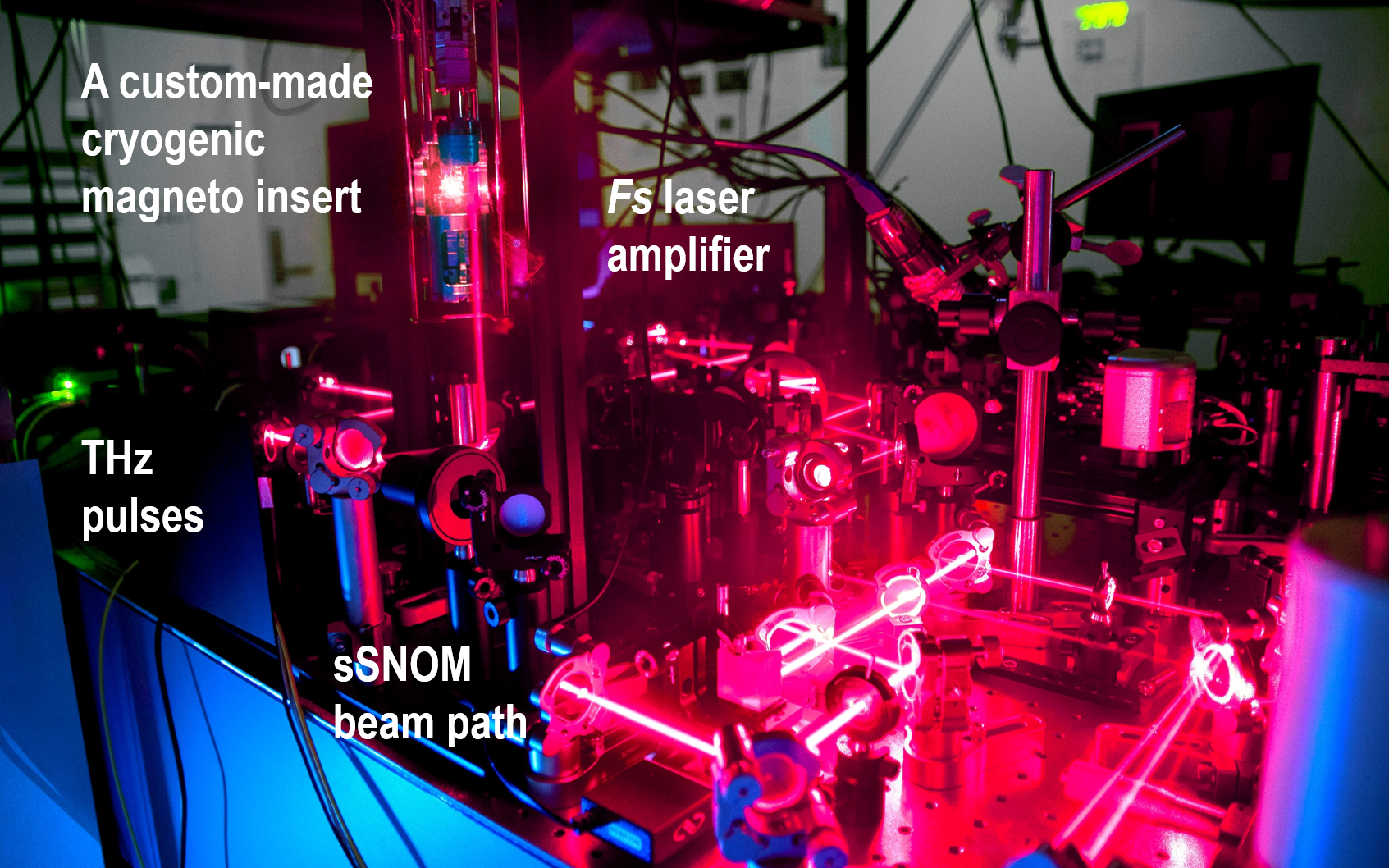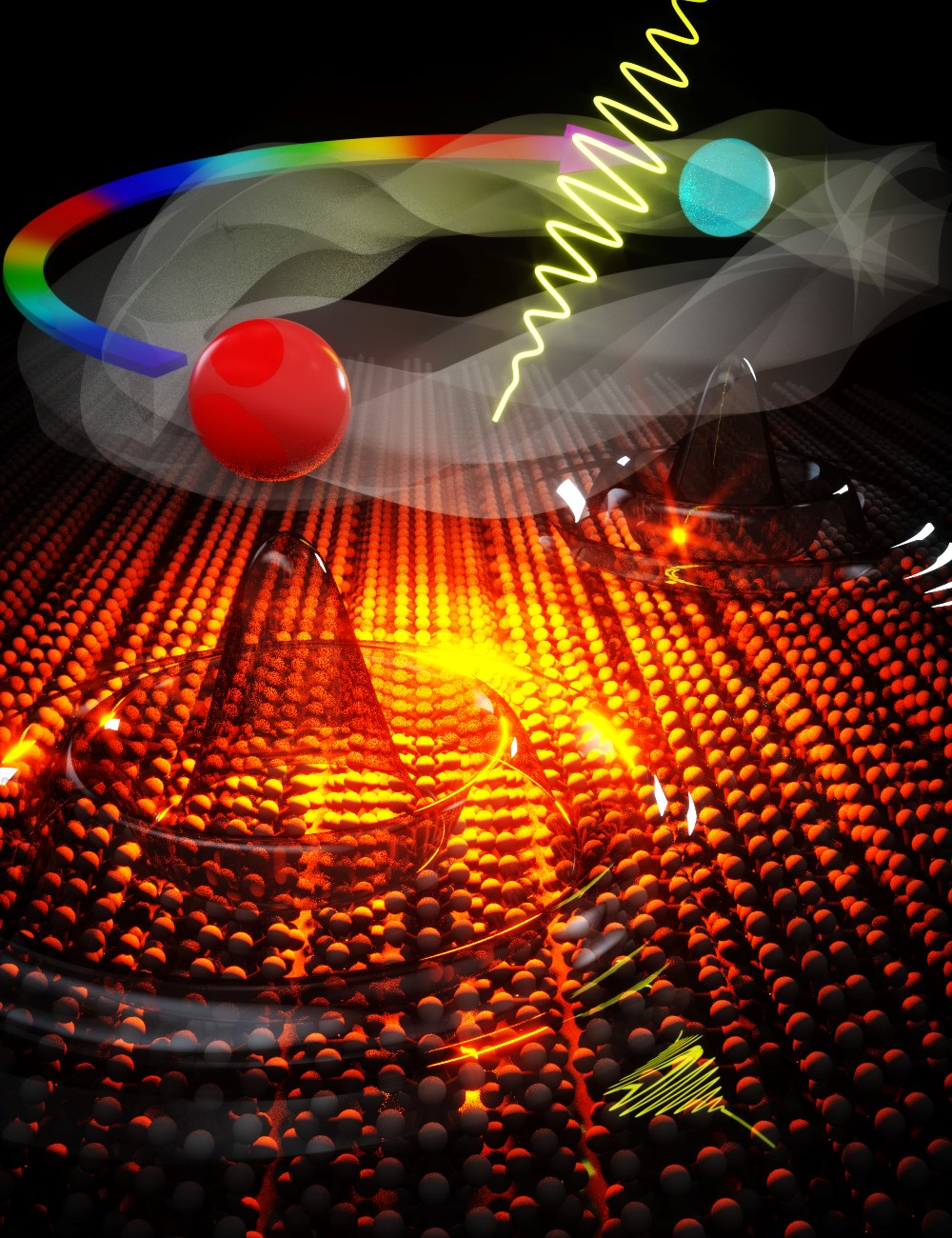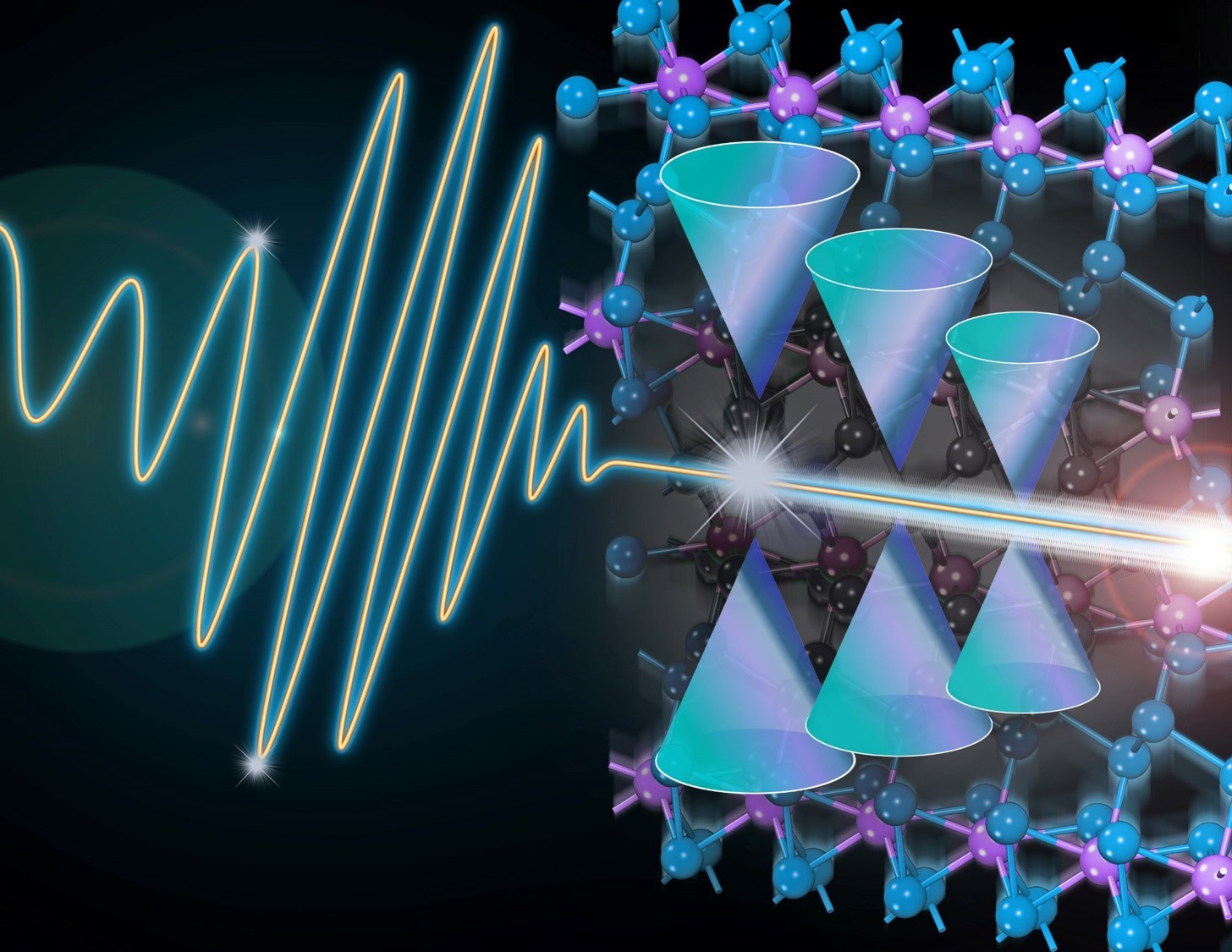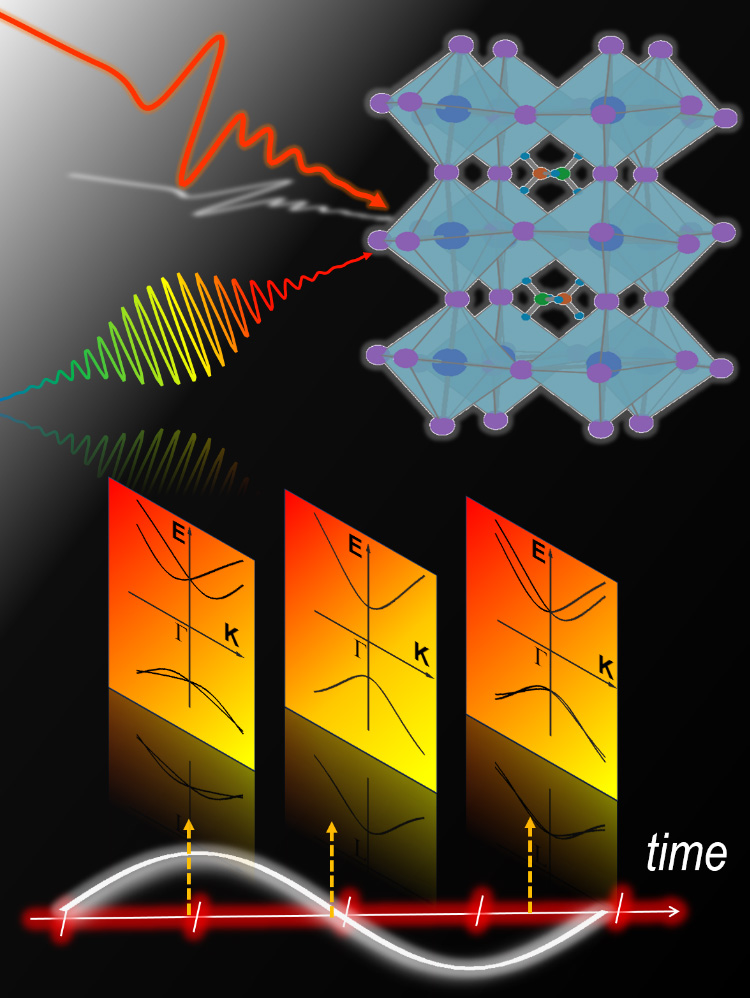A University of Minnesota Twin Cities team has, for the first time, synthesized a thin film of a unique topological semimetal material that has the potential to generate more computing power and memory storage while using significantly less energy.
Tag: topological materials

Ultralow temperature terahertz microscope capabilities enable better quantum technology
A team of scientists from the Department of Energy’s Ames National Laboratory have developed a way to collect terahertz imaging data on materials under extreme magnetic and cryogenic conditions. They accomplished their work with a new scanning probe microscope that was recently developed at Ames Lab. The team used the ultralow temperature terahertz microscope to take measurements on superconductors and topological semimetals that were exposed to high magnetic fields and extremely cold temperatures.
New Dual-Beam Microscope Installed at the Center for Functional Nanomaterials
This latest-generation tool, which combines a scanning electron microscope and focused-ion beam, has advanced capabilities for preparing and analyzing nanomaterial samples.
Scientists observe complex tunable magnetism tied to electrical conduction in a topological material
Scientists at the U.S. Department of Energy’s Ames Laboratory have observed novel helical magnetic ordering in the topological compound EuIn2As2 which supports exotic electrical conduction tunable by a magnetic field.

Light-induced twisting of Weyl nodes switches on giant electron current
Scientists at the U.S. Department of Energy’s Ames Laboratory and collaborators at Brookhaven National Laboratory and the University of Alabama at Birmingham have discovered a new light-induced switch that twists the crystal lattice of the material, switching on a giant electron current that appears to be nearly dissipationless. The discovery was made in a category of topological materials that holds great promise for spintronics, topological effect transistors, and quantum computing.

New discovery helps close the gap towards optically-controlled quantum computation
Scientists have discovered a light-induced switching mechanism in a Dirac semimetal. The mechanism establishes a new way to control the topological material, driven by back-and-forth motion of atoms and electrons, which will enable topological transistor and quantum computation using light waves.

Finding the beat: New discovery settles a long-standing debate about photovoltaic materials
Scientists have theorized that organometallic halide perovskites— a class of light harvesting “wonder” materials for applications in solar cells and quantum electronics— are so promising due to an unseen yet highly controversial mechanism called the Rashba effect. Scientists at the U.S. Department of Energy’s Ames Laboratory have now experimentally proven the existence of the effect.
A Talented 2D Material Gets a New Gig
Berkeley Lab scientists tap into graphene’s hidden talent as an electrically tunable superconductor, insulator, and magnetic device for the advancement of quantum information science